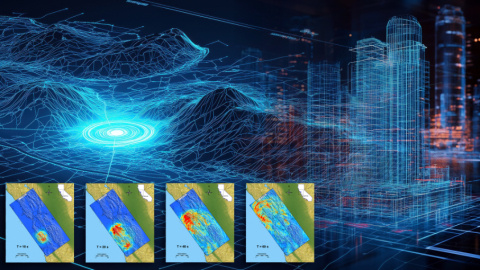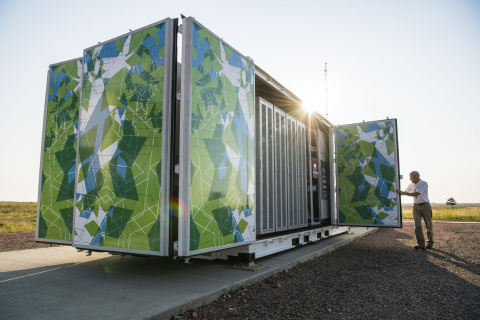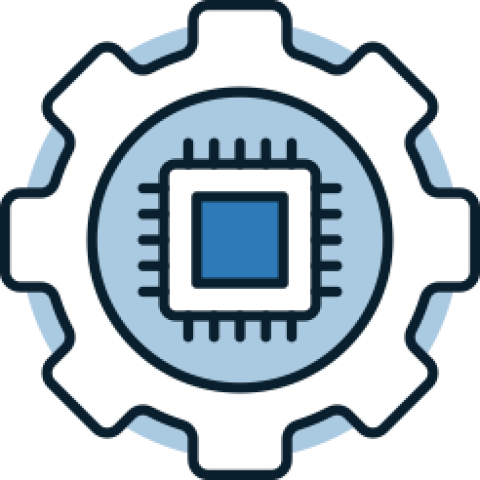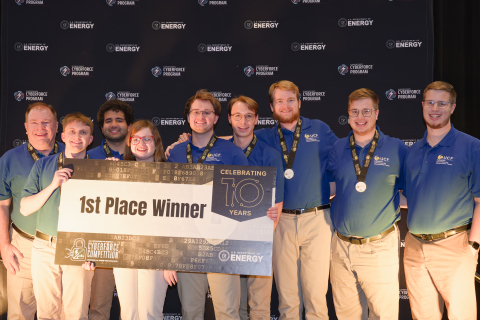
The Frontier supercomputer is revealing the complex dynamics of earthquake ground motions and their catastrophic effects on buildings and critical infrastructure across the U.S.
CESER and Sandia National Lab have developed an artificial intelligence (AI)-based solution to help prevent the ignition of wildfires by electrical systems experiencing a fault.
CESER and Lawrence Berkeley National Laboratory release cutting-edge earthquake simulation tool and data resources.
The Cybersecurity for Energy Resilience Summit (CyFERS) in Salt Lake City brought more than 80 attendees representing 40 states together to bolster critical partnerships across state agencies, the energy sector, and DOE’s national laboratories.

Report Offers In-Depth Assessment of Battery Storage Supply Chain Risks and Proactive Mitigations for Industry Partners

This draft Interim Implementation Guidance defines Scope and Prioritization of the Cybersecurity Baselines for the Distribution System and Distributed Energy Resources (DERs).
CESER made remarkable strides in enhancing the resilience of the nation’s energy systems, strengthening cybersecurity protocols, and leading efforts to address energy security in the face of global challenges.

CIE resources are helping universities and researchers build CIE concepts into engineering curriculum and into research projects that shape future infrastructure designs

DOE’s National Cyber-Informed Engineering (CIE) Strategy turned a game-changing concept into a strategic roadmap. Two years later, CESER has matured CIE into an industry-led practice that is beginning to change how we design energy infrastructure—now and into the future.

A Team with A Dream from the University of Central Florida emerged victorious as the 2024 competition champion.

